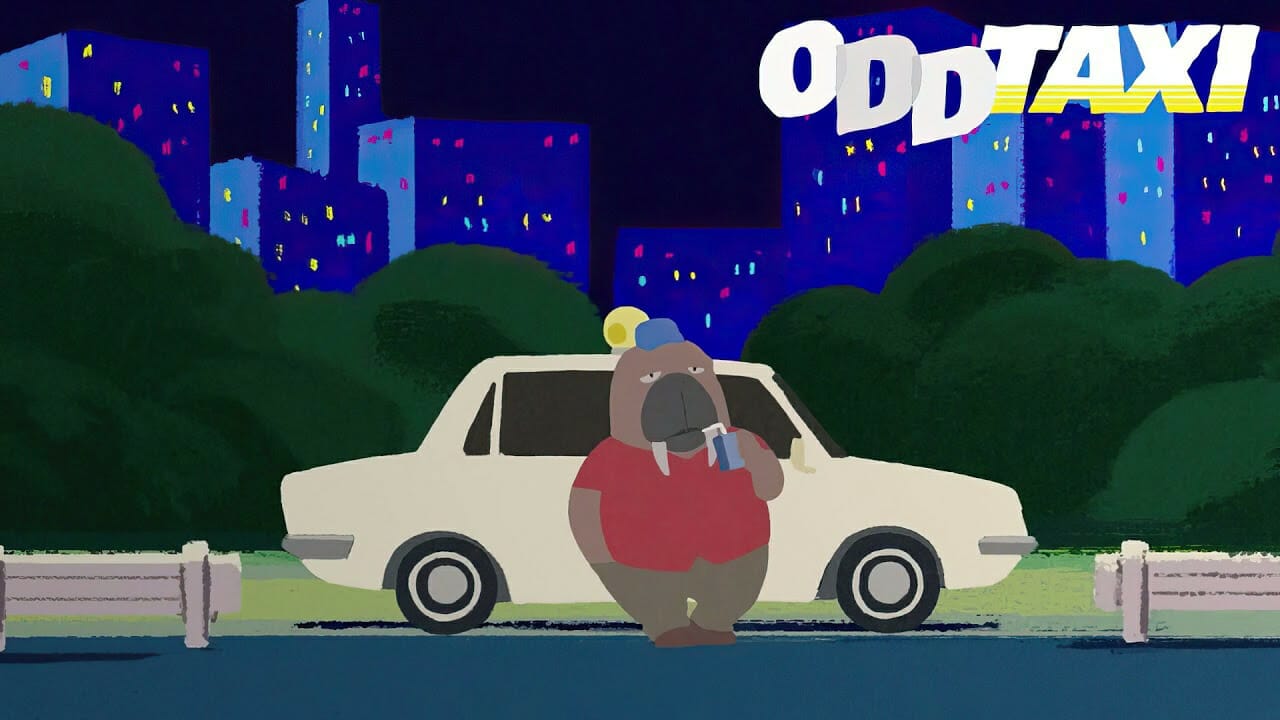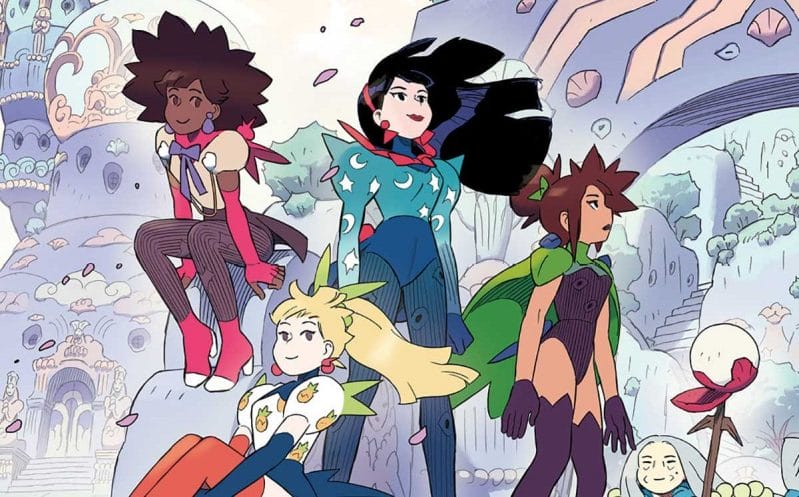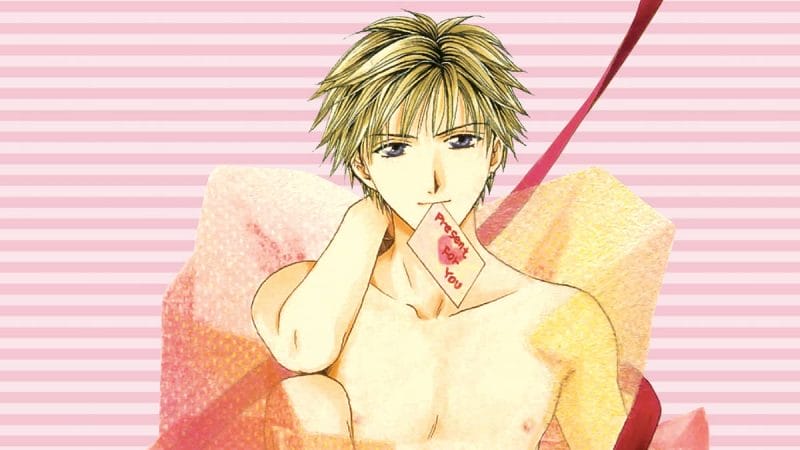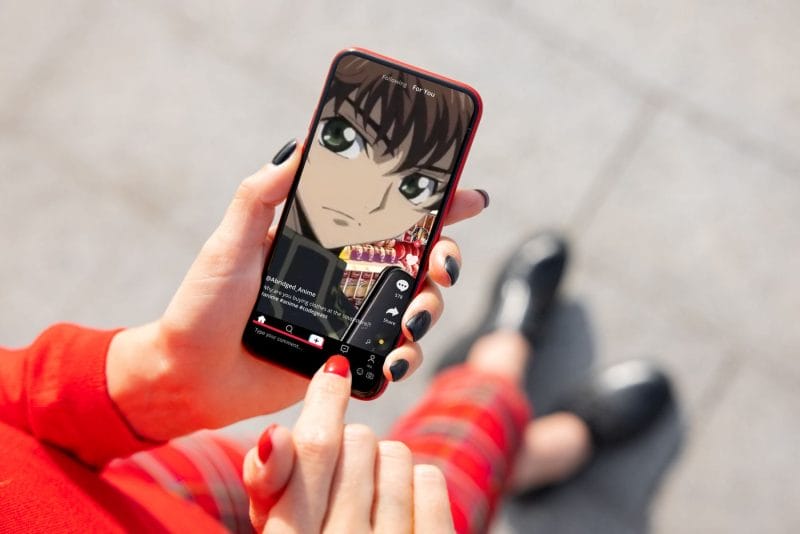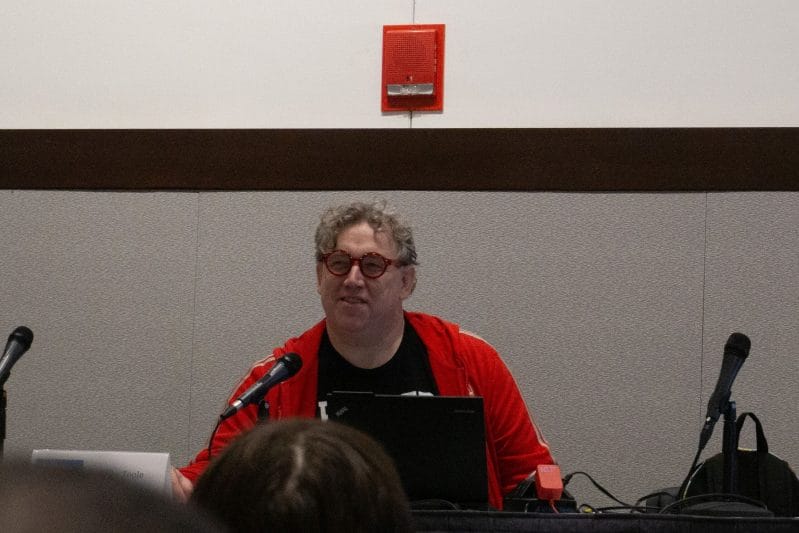Every anime lover has that strong reaction when the opening theme song (OP) of their favourite anime starts to play. There’s a moment when the excitement builds—almost like the very first time you heard it—and every single emotion you felt throughout the show threatens to overwhelm you. For many, without even noticing, they begin to sing every word (admittedly slightly off-key), never thinking for one moment to skip it. Else, it’s an exciting countdown for what’s to come in that week’s episode.
As with other media, theme music is created, curated and positioned to invoke emotions, guiding the story’s mood, pace and action while keeping the audience immersed. Music in anime works no differently. Through music, we can feel the emotional turn for ourselves, without relying on overt dialogue; or in the case of an OP we can find clues about the story hidden in the broad strokes of music and animation in the intro. 2021’s ODDTAXI is no different—in fact, it’s one of the most effective examples of an OP setting up tone, atmosphere, and story beats.
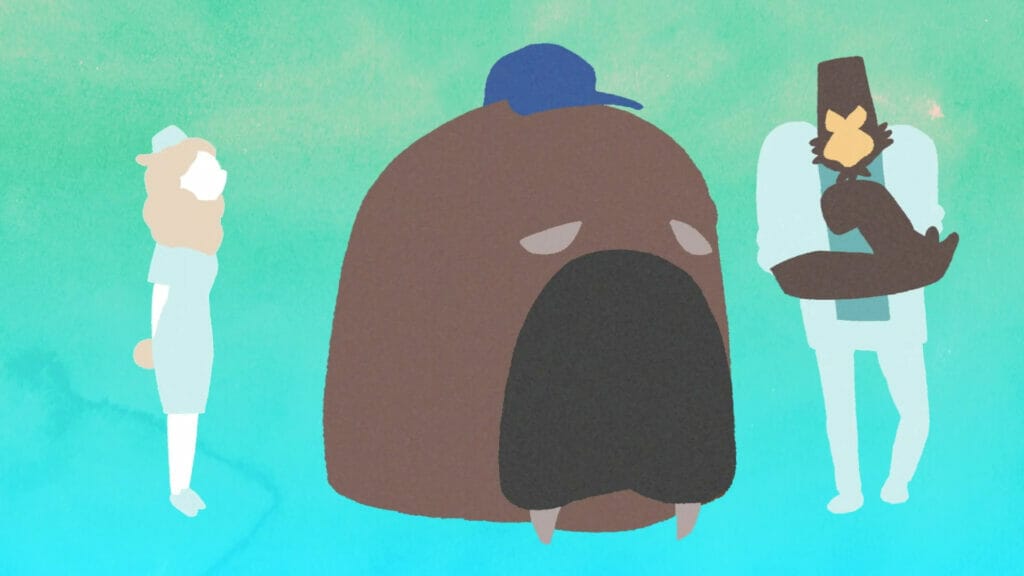
Following a loner taxi driver and his conversations with seemingly unrelated eccentric patrons, ODDTAXI is shrouded in the mystery of a missing high school girl. The series is set in a neon-drenched vision of Tokyo populated by anthropomorphic animals, with walrus Odokawa taking the lead. In 13 episodes, the anime unfolds many secrets and coincidences, all the while blending comedic beats and darker social commentary on themes such as trauma, the dark sides of fame, and mental illness. Each of the over 20 characters has distinct personalities and intentions, and the audience becomes invested in each of them as their storylines overlap and these animal-people become more and more entangled in each other’s lives. Even better, the show features many extratextual assets for the viewers to engage with:
- A real Twitter account made for Taichi Kabasawa (a young hippopotamus hungry for virality) that gave hints to the plot of the show,
- A weekly podcast run by Nagashima (a giraffe that is a fan of the show’s comedy-duo “Homosapiens”) that includes recordings of different characters caught through hidden microphones in the suspiciously reoccurring red/orange pens,
- And the official music video for the anime’s OP, filled with hints from the show, which impressively (and somewhat casually) gives away the anime’s huge twist.
But before any of that, viewers were first drawn into the world of ODDTAXI by its opening credits. ‘ODDTAXI’, composed and performed by Skirt and PUNPEE, is almost deceivingly simple in its entirety. With a lo-fi hip-hop/jazz vibe, with no repetitive chorus, Wataru Sawabe’s (Skirt) guitar riffs create an undeniably infectious melody that you can easily jam or relax to. In the intro sequence to the anime, the mellow vibe is perfectly accompanied by the simple 2D art style creating a supposedly simple montage of the cast, vaguely referencing how they’ll appear in the show.
But what makes this opening theme so integral to the watching experience is how slightly different it is each time: even the composition of the snippet changes subtly from episode to episode depending on the focus. Within there are deceptively obvious clues to both the nature of the characters—motivations and flaws—and some of the mysteries of the show.
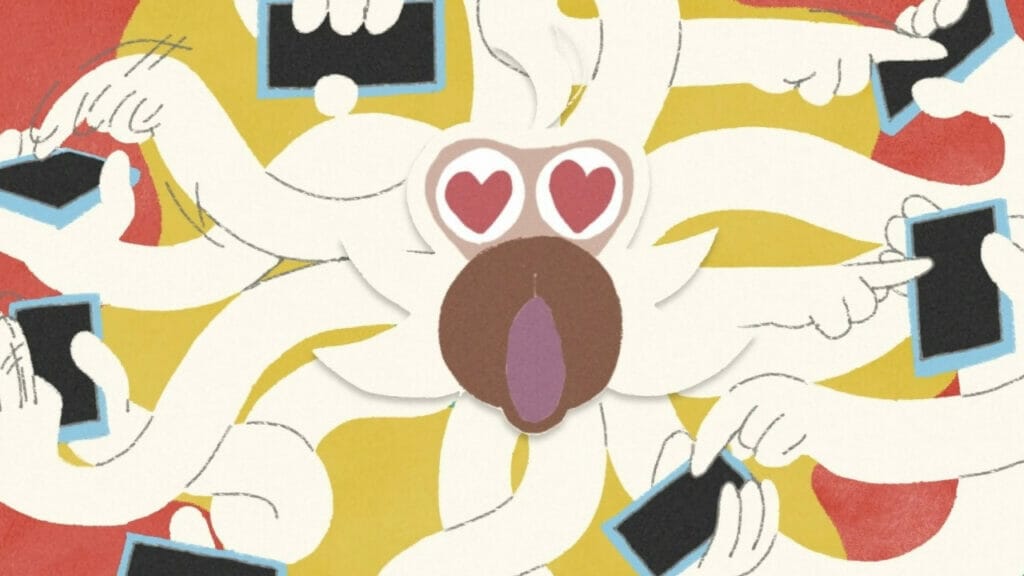
During The Power of Music in Anime conference, musicologists Stacey Jocoy, Kunio Hara, and Rose Bridges present the many functions of music as a storytelling device in anime. Among the many insights presented, they mention how music is used to aid in character depictions and inform the audience of time and place, which we see in both versions of the OP. The lyrics also help to contextualize Odokowa’s dispassionate—and often antisocial—behaviour:
The city is vinyl
Everyday is on the needle, scratching it and making noise
I’m in the background
To you, I am just a garbage disposal after all
As we get to know Odokowa, he seems to be content with living a monotonous life, caring for nothing or no one. Even when Dobu threatens to kill him, he admits that he is afraid of death but would rather die than be bothered by someone else’s problems.
Even at the end of the song:
Memories of mistakes
In the supposedly familiar scenery
There’s something missing
The reason for the perspectives that don’t mix
Can you remember?
We get a hint that there’s more to Odokawa and his personality that even he hasn’t fully come to terms with.
The musicologists also mention that the music in anime serves to subtly introduce/reinforce themes, solidify the worldbuilding and even foreshadow plot points.
Commentary on mental health, and the various ways modern society can affect it, is one of the biggest overarching themes in the anime. In the opening we see Shirakwa and Gouriki peering into Odokawa’s head for some sort of answer, foreshadowing Gouriki finding out about Odokawa’s past trauma and how it’s led to his current synesthesia: seeing everyone as animals, when they’re in fact normal humans.
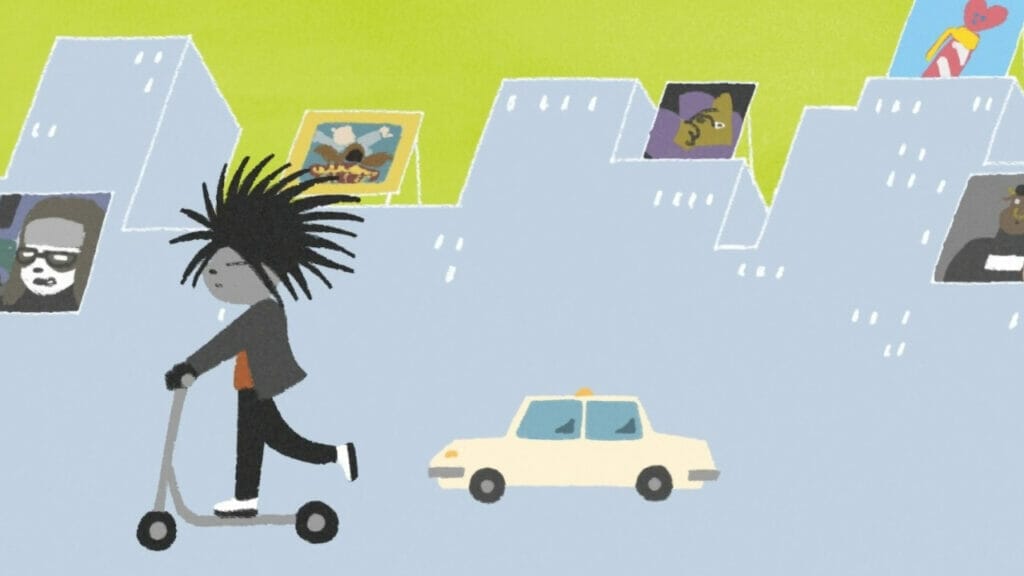
The opening animation also presents interesting exaggerations of addictions. First, in Kabasawa’s social media addiction, his head expands into an inflated smile whenever his phone lights up—equating attention and virality to happiness, and providing a visual for the way his ego also becomes inflated as his fame increases. Then there’s Kakihana and his impatient chase for love, showing many hands swiping on dating apps. In this shot, he has hearts for eyes, showing how he is blinded by the idea of love and foreshadowing how he will stumble, blindly, into trouble in search of it. Lastly, we see Tanaka, his life its own video game as he can’t give up the gratification and possibility of status through rare items (even if they’re only virtual).
The OP has fun elements as well, like having Yano’s character riding on-screen when PUNPEE first raps, hinting at him only rapping his dialogue throughout the show.
As well as all these insights into the characters and foreshadowing to where their plotlines might take them, the opening even spoils one of the biggest mysteries of the show: what/who Odokawa is hiding in his home. The motif of a black cat follows Odokawa through the OP—a “normal” cat, the only non-anthropomorphic animal in the sequence. The first instance of the cat comes at the very beginning when we see Odokowa, juice box in hand, trying to befriend it. Before the sequence where his head is examined by Shirakawa and Gouriki, a door slides open to reveal a glimpse of a black cat’s tail.
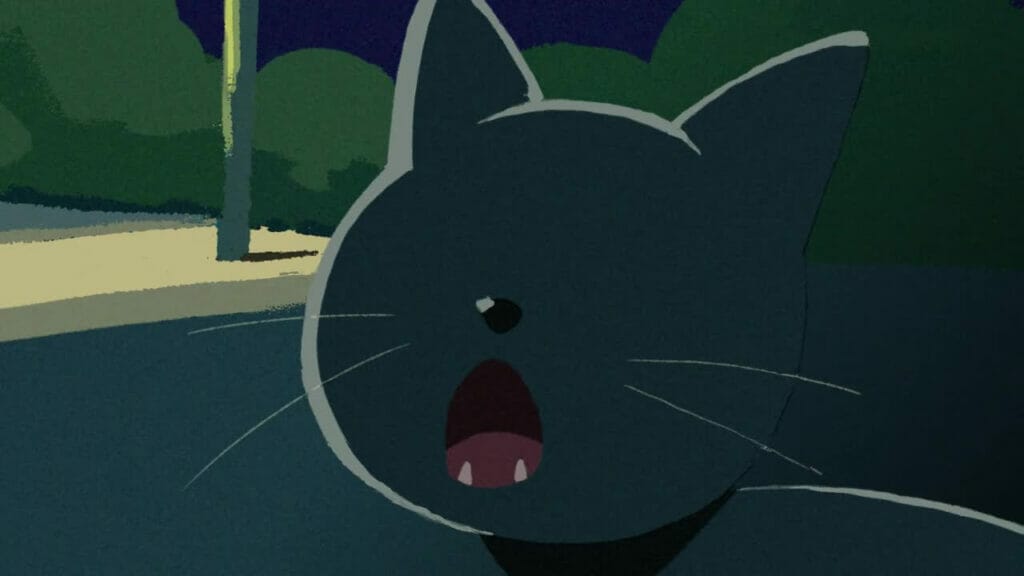
As the overarching story is underpinned by the mystery of the missing girl—also a black cat—we, the audience, can’t help but believe that Odokawa has something to do with it, especially as she was last seen in his taxi. Coupled with the growing suspicions from other characters about the never-opened room in Odokawa’s “seemingly empty” house and his later-revealed mental health issues, the resulting tension works perfectly to misdirect the audience. It seems like the OP is revealing the truth to us.
And… it turns out that it is. Right at the end of the story, the door in Odokawa’s apartment is finally opened, revealing a literal, four-legged, ordinary black cat. The audience was drawn into a double-bluff, focused on the red herrings and metaphors strewn about, and did not realise the simple truth of the story was being laid in front of us. Not only does the black cat absolve Odokawa of his involvement in the mystery, but it also alludes to the fact that everyone in the show is human without truly giving away what that means or how it will be revealed.
The greatest instance of spoilers-in-plain sight occurs in the music video to the OP’s full song, released on April 7, 2021, on Youtube, shortly after the first episode aired. In a mix of live-action and animation, we see the musical duo (Skirt and PUNPEE) taking Odokawa’s taxi around Tokyo, interacting with the anime’s characters… who are in human form. Skirt and PUNPEE also get their own animal forms for a portion of the video, albeit only when reflected in the taxi’s rearview mirror (only when seen through Odokawa’s eyes).
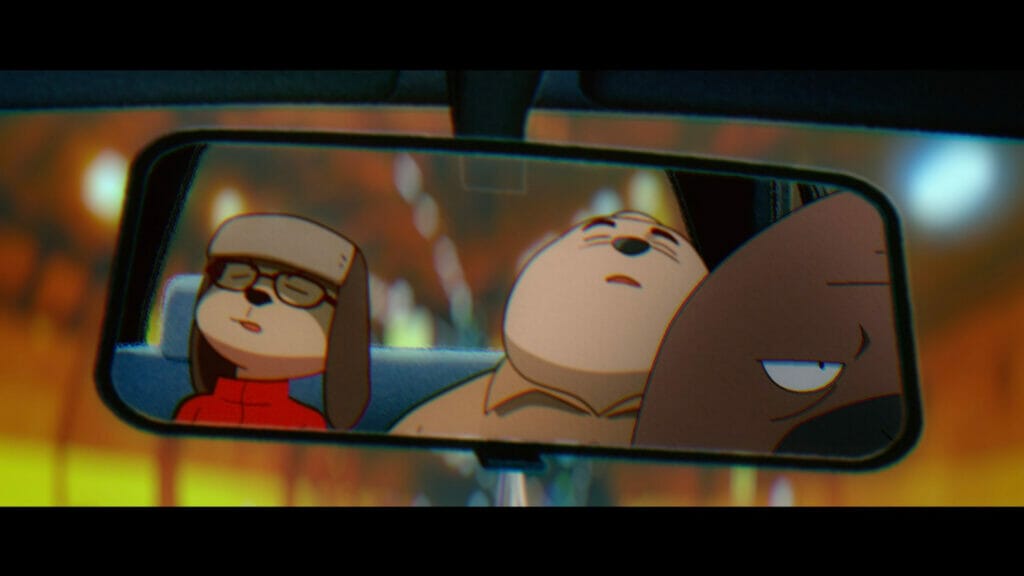
Not only do storylines get mirrored in the video but the taxi ride becomes the perfect device for how the world of the anime is built. As with the anime’s intro animation, what seem like stylistic choices are laden with foreshadowing and symbolism that set up events to come—not to mention the tone of the story that will unfold across the coming episodes. With the song and its two artistic accompaniments, ODDTAXI invites you into its dark but compelling world.
Although these types of analyses can be applied to many forms of media and their musical score, in the thesis The Otaku Lifestyle: Examining Soundtracks in the Anime Canon, Michelle Jurkiewicz highlights the difference between music in anime versus western media positing:
Unlike music for animation in the U.S., anime music did not mimic, or “mickey mouse,” the images on the screen. The music often centers on a single theme that is reiterated or rearranged throughout the anime. Because [the] Japanese view anime as a subgenre of film—such as horror, science-fiction, or comedy—it is logical that composers would compose with the same musical material and create genre conventions.
With that, the collaboration between Japanese directors and composers create a soundtrack so intrinsic to the emotional depth of an anime that separating it from its story is frankly impossible. Not only does the ODDTAXI exemplify what we all already expect—and love—about anime music but by lacing its visuals and lyrics into multiple versions, they allowed fans to unravel the mysteries on their own, playing along as active participants. From discussions in the comment section of the music video to entire Reddit threads of theories and analyses, fans were able to take each episode as a puzzle piece, having the opening as a reference to solve the mystery.
What most people considered to be the most underrated anime of 2021, slowly grew its audience with many raving about its story, the impressively well-done large cast, and that OP that you just can’t stop humming.


